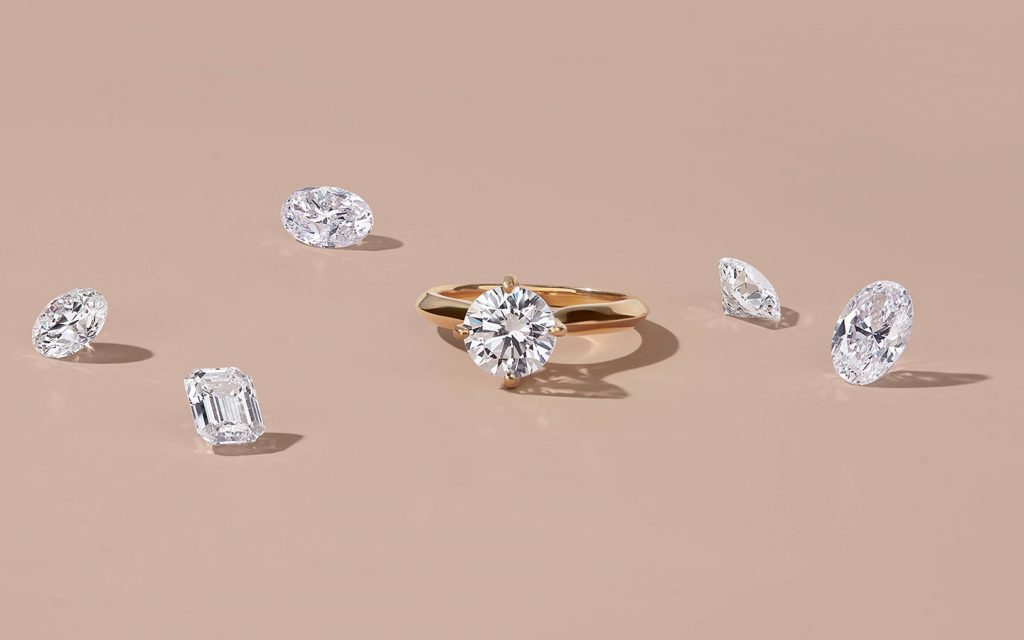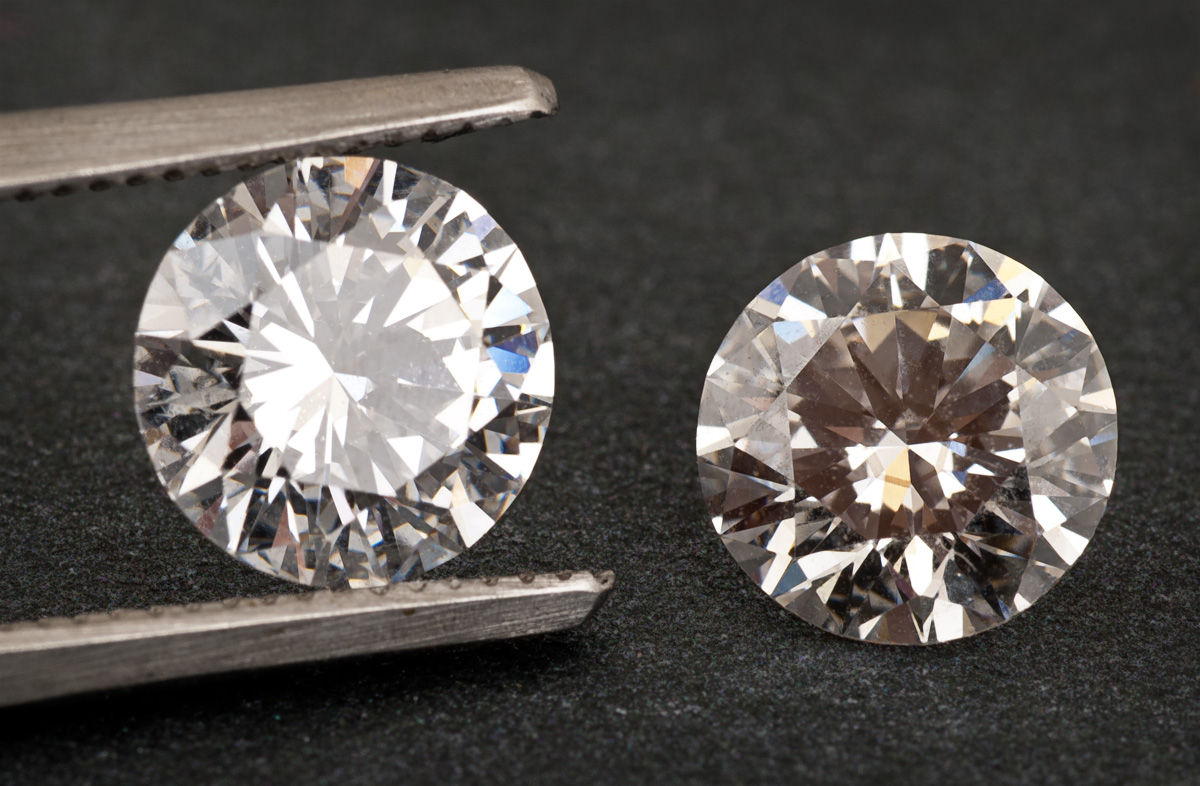Introduction
Diamonds, formed deep within the Earth over millions of years, are traditionally mined from natural deposits. However, advancements in technology have led to the creation of lab-grown diamonds, which mirror the chemical composition and physical properties of natural diamonds.
History of Diamonds
The fascination with diamonds dates back centuries, with mined diamonds being the only source until recent decades. The concept of lab-grown diamonds emerged as technology evolved mined or lab grown diamonds, offering an alternative to natural stones.
Formation Process
Mined diamonds undergo a natural process involving intense pressure and heat deep within the Earth’s mantle. In contrast, lab-grown diamonds are cultivated using high-pressure, high-temperature (HPHT) or chemical vapor deposition (CVD) methods in controlled laboratory environments.
Quality Factors
Both types of diamonds are evaluated based on the 4Cs: Cut, Color, Clarity, and Carat Weight. While the grading criteria are similar, there are nuances in how each type is assessed due to their distinct formation processes.
Environmental Impact
Diamond mining can have significant environmental consequences, including habitat destruction and soil erosion. Conversely, lab-grown diamonds are often touted as a sustainable alternative, with minimal environmental footprint.
Ethical Considerations
Ethical concerns surround the diamond mining industry, including issues related to human rights and fair labor practices. In contrast, lab-grown diamonds are generally free from such controversies, offering a more ethically sound choice.
Cost Comparison
Traditionally, mined diamonds command higher prices due to their rarity and demand. Lab-grown diamonds, being more abundant and easier to produce, typically come at a lower cost, making them an attractive option for budget-conscious consumers.
Popularity Trends
The demand for lab-grown diamonds has been steadily rising, driven by consumers seeking sustainable and ethical choices. This shift is reshaping the diamond market, influencing trends and consumer preferences.
Durability and Longevity
Both types of diamonds are exceptionally durable, suitable for everyday wear. Proper maintenance and care ensure their longevity, making them enduring symbols of love and commitment.
Misconceptions and Myths
Common myths about lab-grown diamonds, such as their quality or authenticity, persist despite advancements in technology. Educating consumers about these misconceptions is crucial in making informed purchasing decisions.
Industry Regulations
Governments and industry bodies regulate diamond mining practices to ensure environmental protection and ethical standards. Similarly, there are guidelines for the production and certification of lab-grown diamonds to maintain quality and transparency.
Fashion and Jewelry Trends
Lab-grown diamonds are gaining traction in the fashion and jewelry industries, with designers incorporating them into their collections. This trend reflects evolving consumer preferences and a shift towards sustainable luxury.
Lab grown diamonds are a remarkable innovation in the world of gemstones, offering a sustainable and ethical alternative to mined diamonds. Created using advanced technological processes that replicate the natural conditions of diamond formation, these diamonds possess the same physical and chemical properties as their mined counterparts. They are virtually indistinguishable to the naked eye and often come at a more accessible price point.
Future Outlook
Looking ahead, the diamond industry is poised for further evolution. Advances in technology and growing awareness of sustainability are expected to drive the adoption of lab-grown diamonds, shaping the market landscape.
Conclusion
Whether you choose a mined or lab-grown diamond, each carries its own significance and impact. Understanding the differences and considerations between these options allows consumers to make choices aligned with their values and preferences. Ultimately, diamonds, in whichever form, continue to symbolize enduring beauty and timeless elegance in our modern world.



